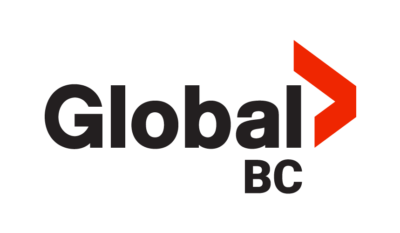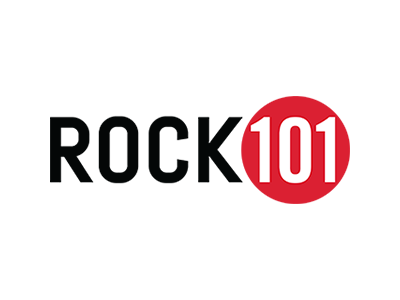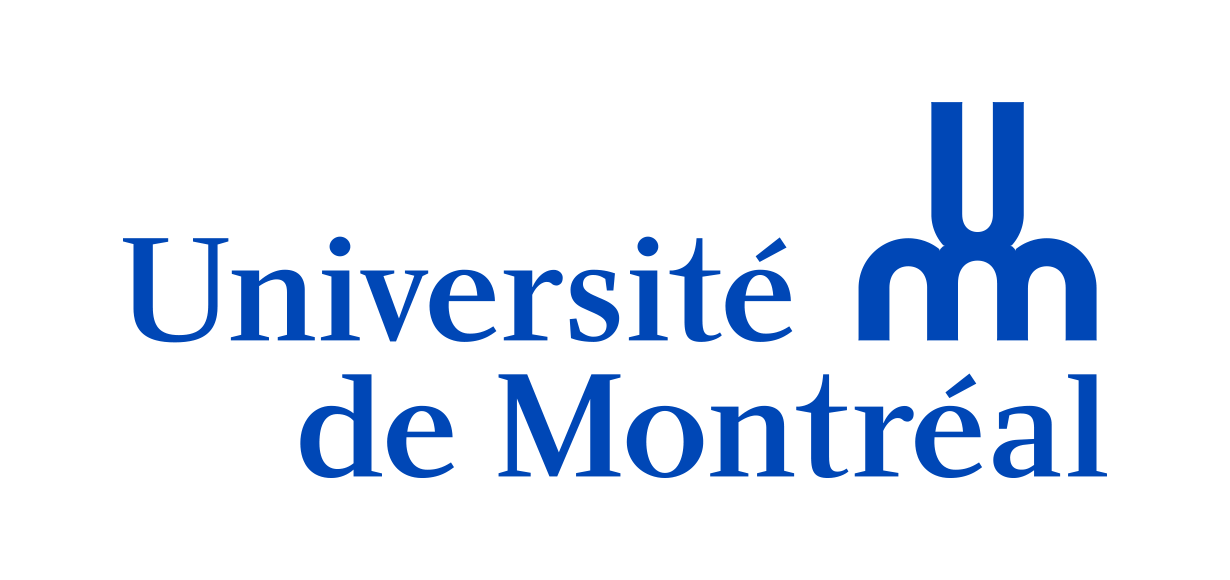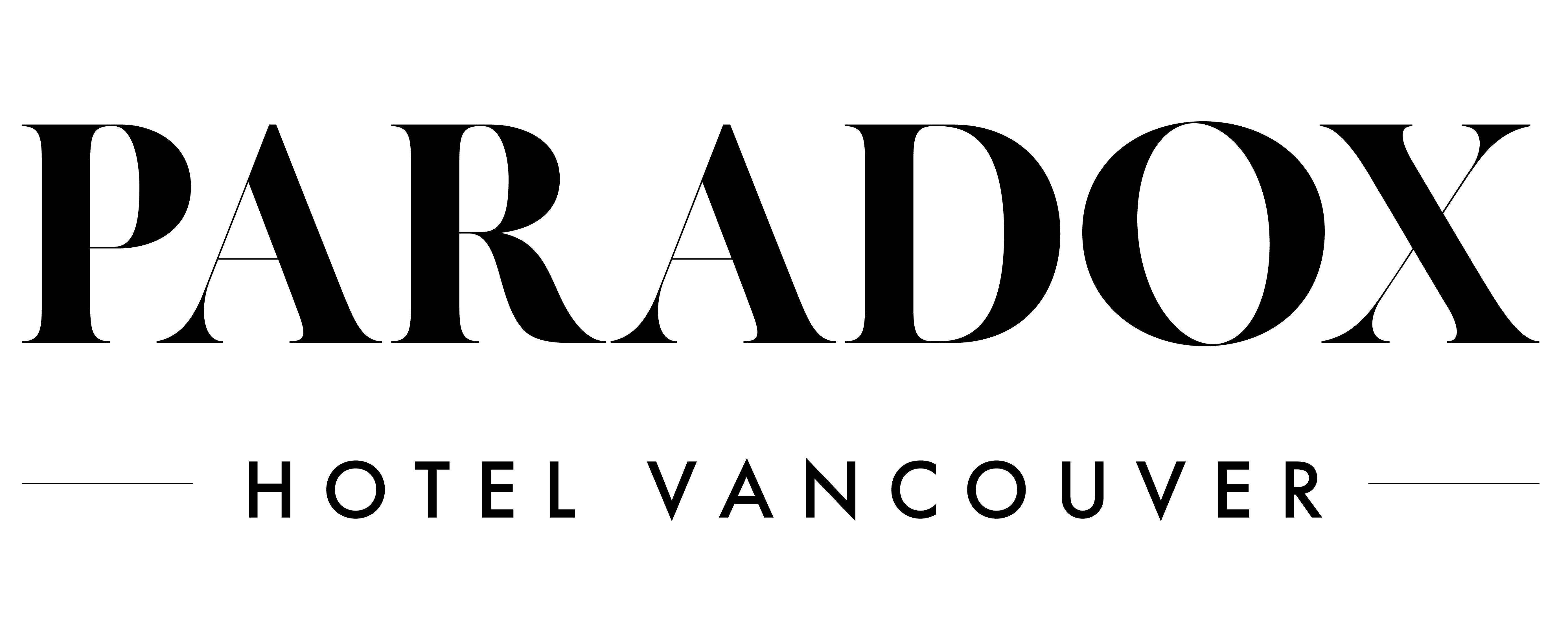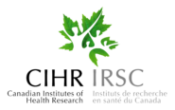How Do Price Caps on Generic Drugs Affect Cost and Supply?
Scientific Study Title:
The pricing of generic drugs and its impact on market structure, competitiveness and security of supply
Study Start Date:
2017
Study End Date:
2020
Why Did We Do This Research?
In Canada, the prices of generic drugs have been controlled by setting them at specific percentages of the prices of their brand-name counterparts since 1993. However, in 2014, a new approach called the Tiered Pricing Framework (TPF) was introduced by the Pan-Canadian Pharmaceutical Alliance with the goal of lowering drug costs, expediting the inclusion of generic medications in public drug plans, and enhancing access to treatment options. The TPF prices generic drugs according to the price of the respective branded drug and the number of generic competitors. The TPF has three different price levels for generic drugs. Which level a drug falls into is determined by how many other similar generic drugs are available in the market. These price levels are set at 75–85%, 50%, and 25–35% of the cost of the original branded drug.
This research had three goals
1) to identify the factors associated with drug shortages in Canada;
2) to assess how price-caps regulations have affected the price and availability of generic drugs in Canadian public drug plans.
3) to figure out the best way to set the pricing levels for generic medicines in public drug plans.
This study was a practical starting point for determining the impact of different price caps on generic market competition across Canada. Conducting this research was important as it has the potential to guide policymaking around drug prices, specifically in terms of patient access, affordability, and economic efficiency.
This was a drug-level analysis, so no patients were involved. A team of health economists worked on this research to produce results that will help develop government policy.
What Did We Do?
To understand more about drug shortages in Canada, the team analyzed all prescription drugs available on the market between March 14, 2017, and September 12, 2018, in Canada. The team included factors like market structure; route of administration or dosage form; and chemical classification in their analysis.
This second part of the study assessed the impact of price-cap regulations on different Canadian generic drug market outcomes and especially the supply and availability of generic drugs. To achieve goal 2, the research team looked at two time periods:
- Before the TPF was introduced (January 1, 2012, to March 31, 2014).
- After the TPF implementation in 2014 (April 1, 2014, to June 30, 2016).
The researchers grouped prescription drugs from nine provincial public drug plans together if they had the same active ingredient, strength, method of administration, and form. The study used statistical models to compare how the TPF influenced the timing of generic entry into Canadian public drug plans.
To achieve goal 3, the research team used a mathematical model to understand how different pricing levels for generic drugs could be set. They looked at real-world data on different pricing schemes around the world. Then, they used computer simulations to test out various ways of organizing these pricing levels and how they affect the average price paid by insurers for generic and the number of suppliers of each generic drug. The number of suppliers is important because too few can increase the risk of drug shortages but too many can add excessive cost to the system
What Did We Find?
Drug Shortages
• Of the over nine thousand different drugs marketed in Canada, about one quarter were reported in shortage during the study period.
• The average length of a shortage was 5 months.
• Markets with a single generic manufacturer were the most vulnerable to shortage, as well as those with a larger proportion of their drugs covered under provincial public drug plans.
• Other factors related to shortages included complex manufacturing processes and specific types of therapies.
The study found that the tiered-pricing framework (TPF) is an effective method of:
1) regulating the price of generic drugs in small markets;
2) speeding up generic entry;
3) facilitating patient access to drugs;
4) increasing competition.
When it comes to setting different pricing levels for generic medicines, the researchers found that having the tiers very close together isn’t a good idea: for example, 65% and 30% are likely to perform better than 50% and 45%. The analysis suggests that in order to align policies with the best possible outcomes for patients, there should be at least two and at most four pricing tiers, with more tiers in larger markets.
The Research Team:
Principal Investigators:
- Wei Zhang, MM, MA, PhD, Research Scientist, Arthritis Research Canada (University of British Columbia).
- Aslam H. Anis. PhD, FCAHS, Senior Scientist, Arthritis Research Canada (University of British Columbia)
Co-Investigators:
- Paul Grootendorst, MA, PhD (University of Toronto)
- Aidan Hollis, PhD (University of Calgary)
- Chris Ingram, BA, CPA, CGA (BC Ministry of Health)
- Larry Lynd, PhD, BSP, FCAHS (University of British Columbia)
Who Funded This Research?
Canadian Institutes of Health Research
Related Publications:
- Zhang W, Guh DP, Sun H, Lynd LD, Hollis A, Grootendorst P, Anis AH. Factors associated with drug shortages in Canada: a retrospective cohort study. CMAJ Open. 2020;8(3):E535–E544. https://doi.org/10.9778/cmajo.20200036
- Zhang W, Sun H, Guh DP, Lynd LD, Hollis A, Grootendorst P, Anis AH. The impact of tiered-pricing framework on generic entry in Canada. International journal of health policy and management. 2022;11(6),768–776. https://doi.org/10.34172/ijhpm.2020.215
- Moradpour J, Zhang W, Grootendorst P, Anis AH, Hollis A. Modeling tiered pricing frameworks: a simulation approach. Value in Health. 2023;26(3):351–358. https://doi.org/10.1016/j.jval.2022.11.003

